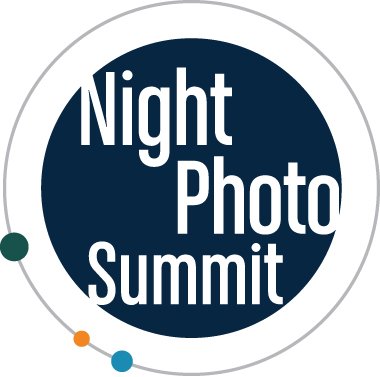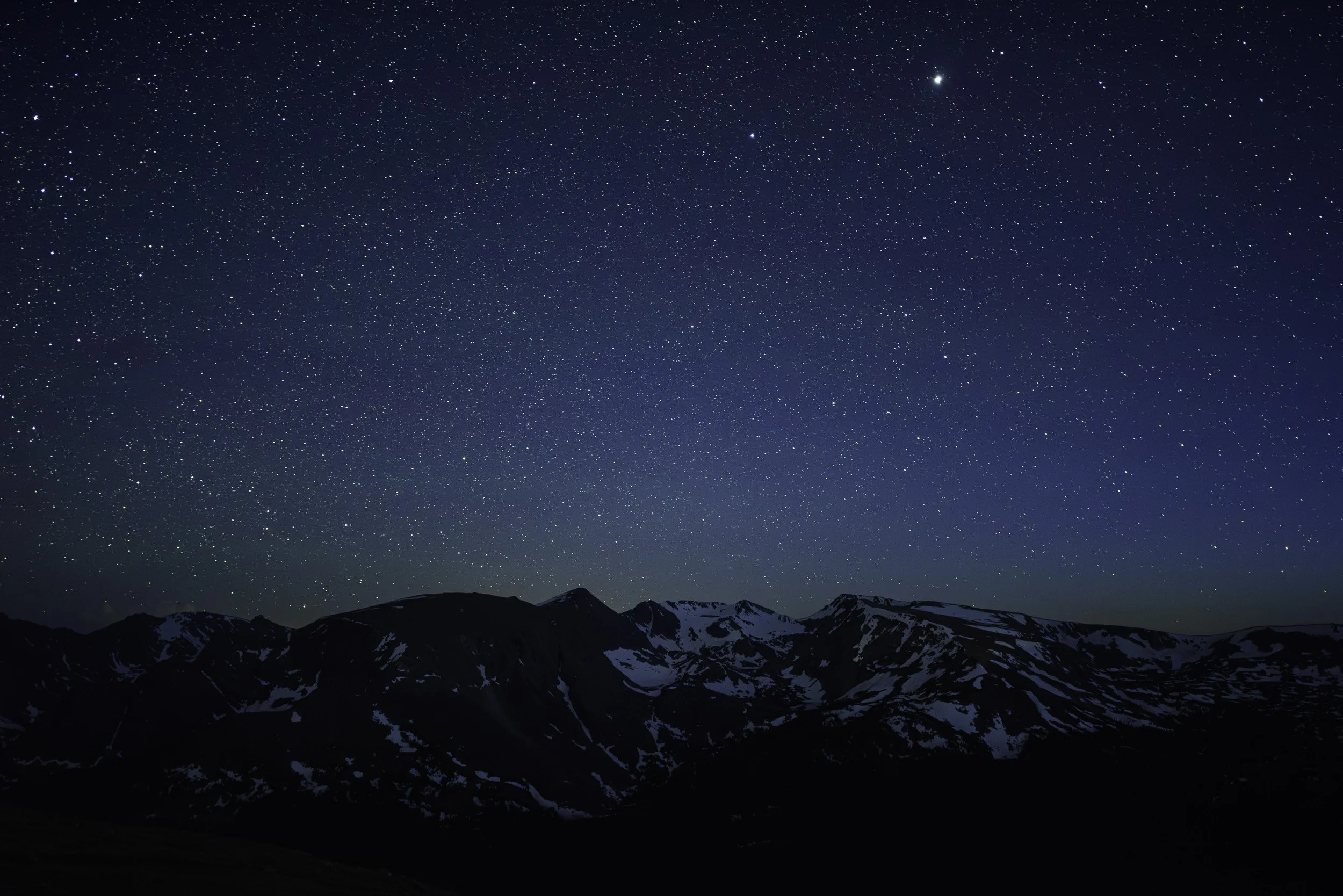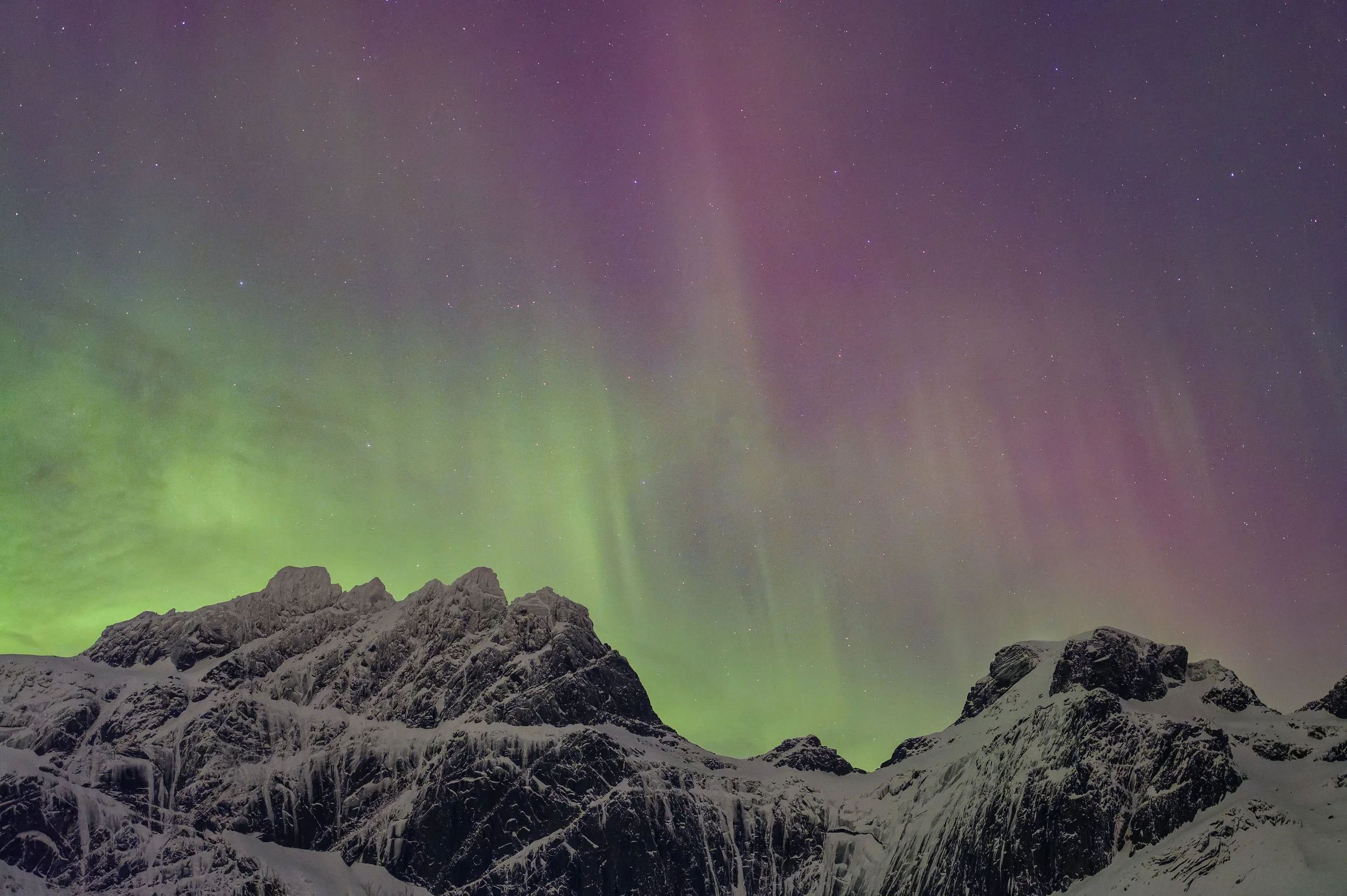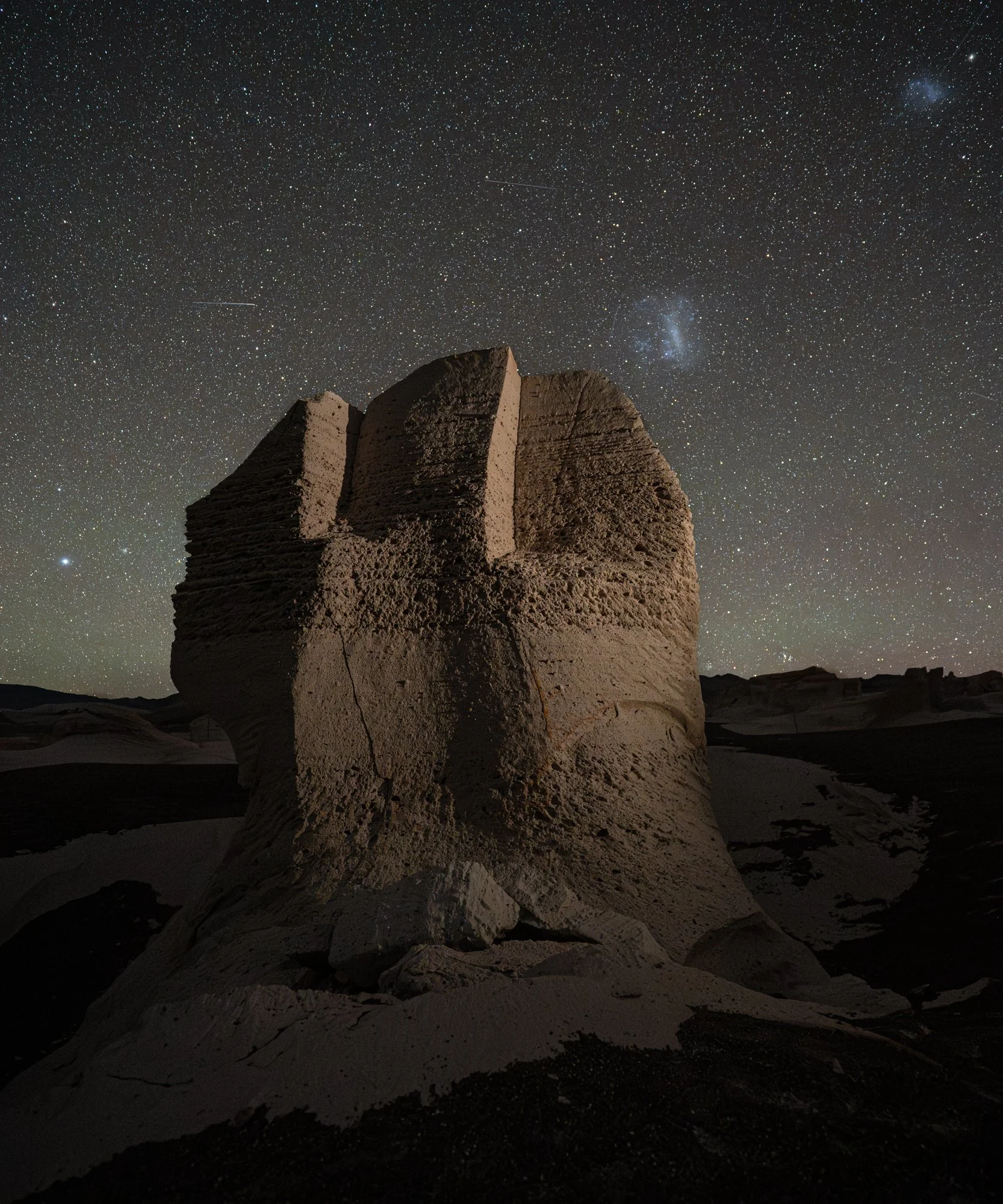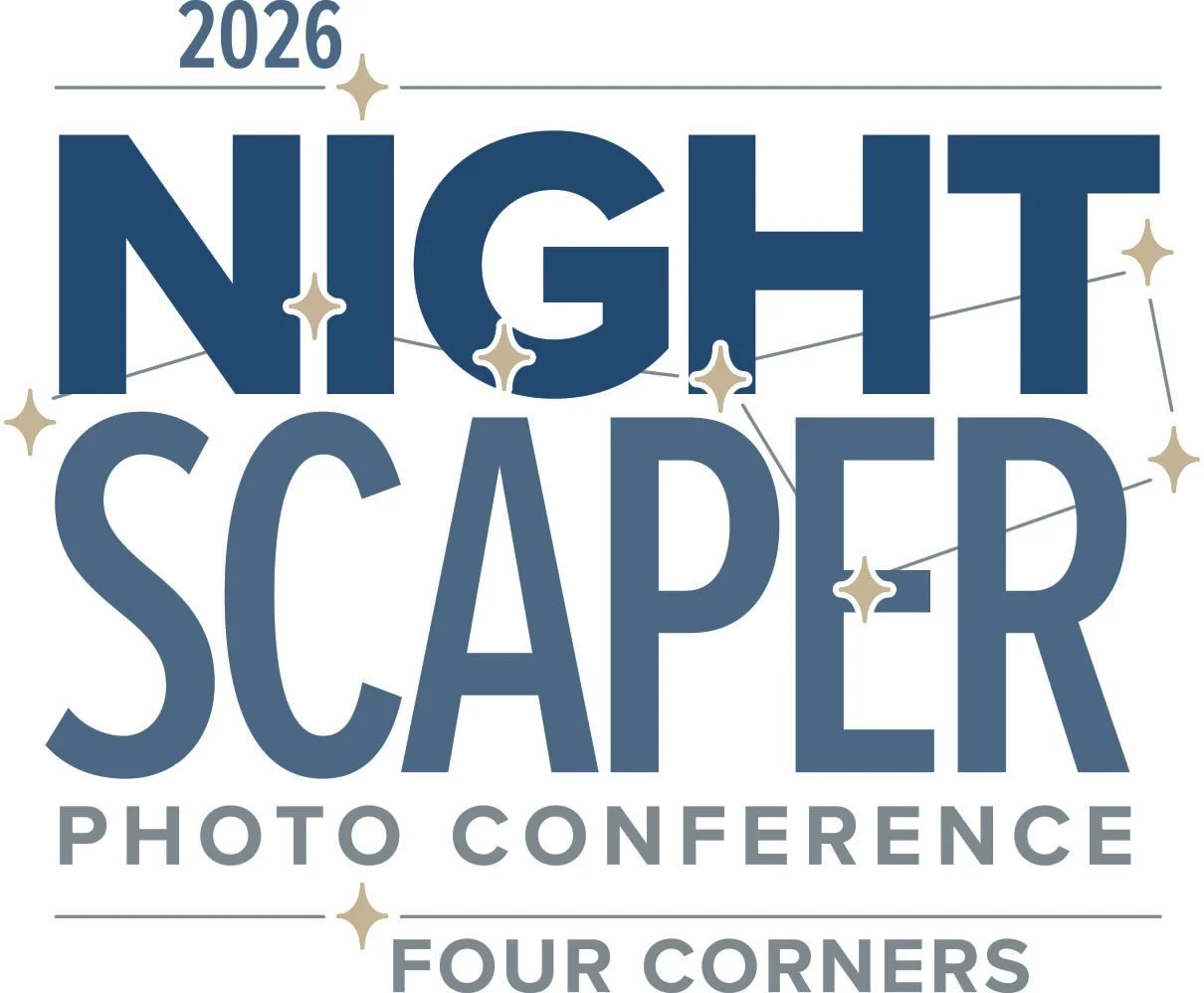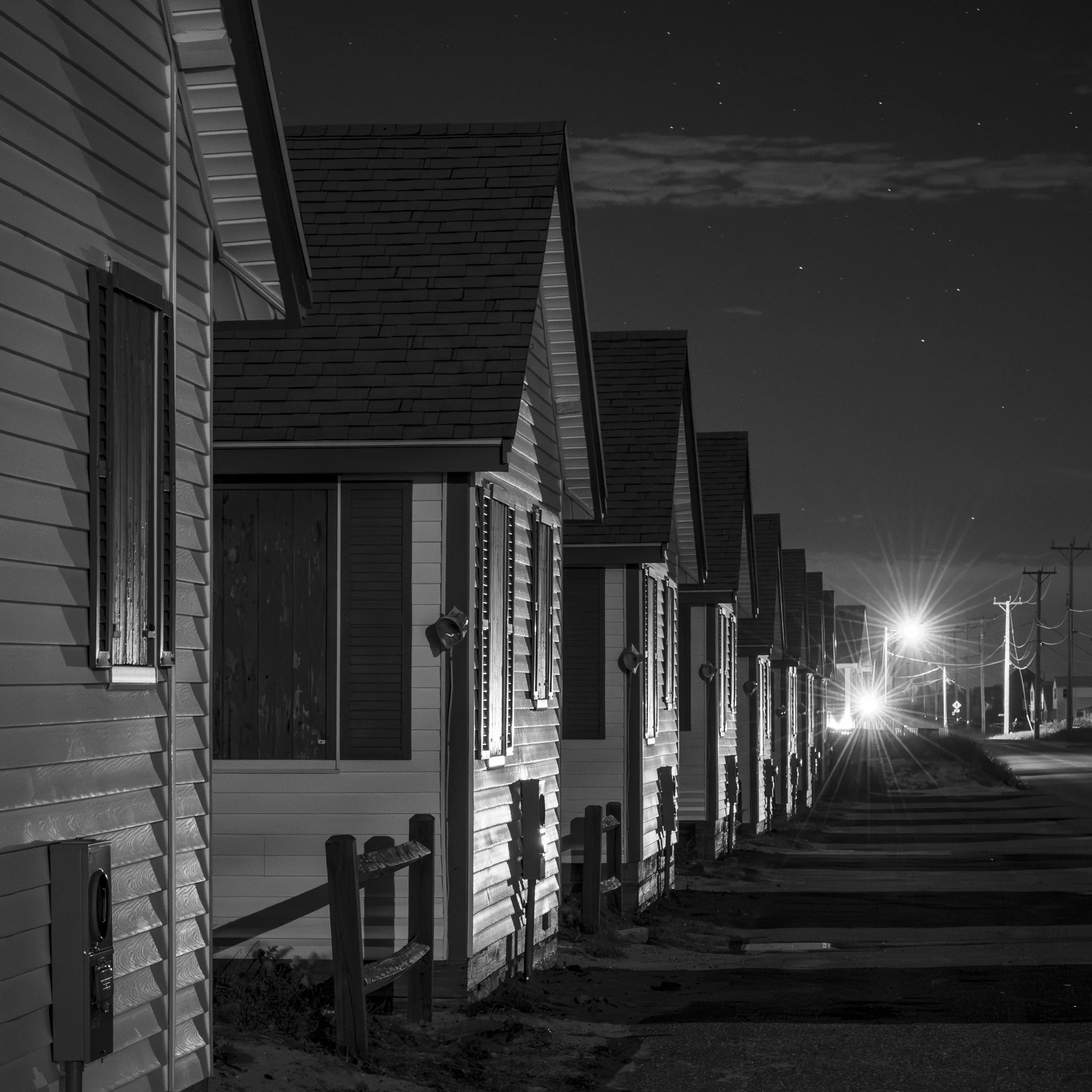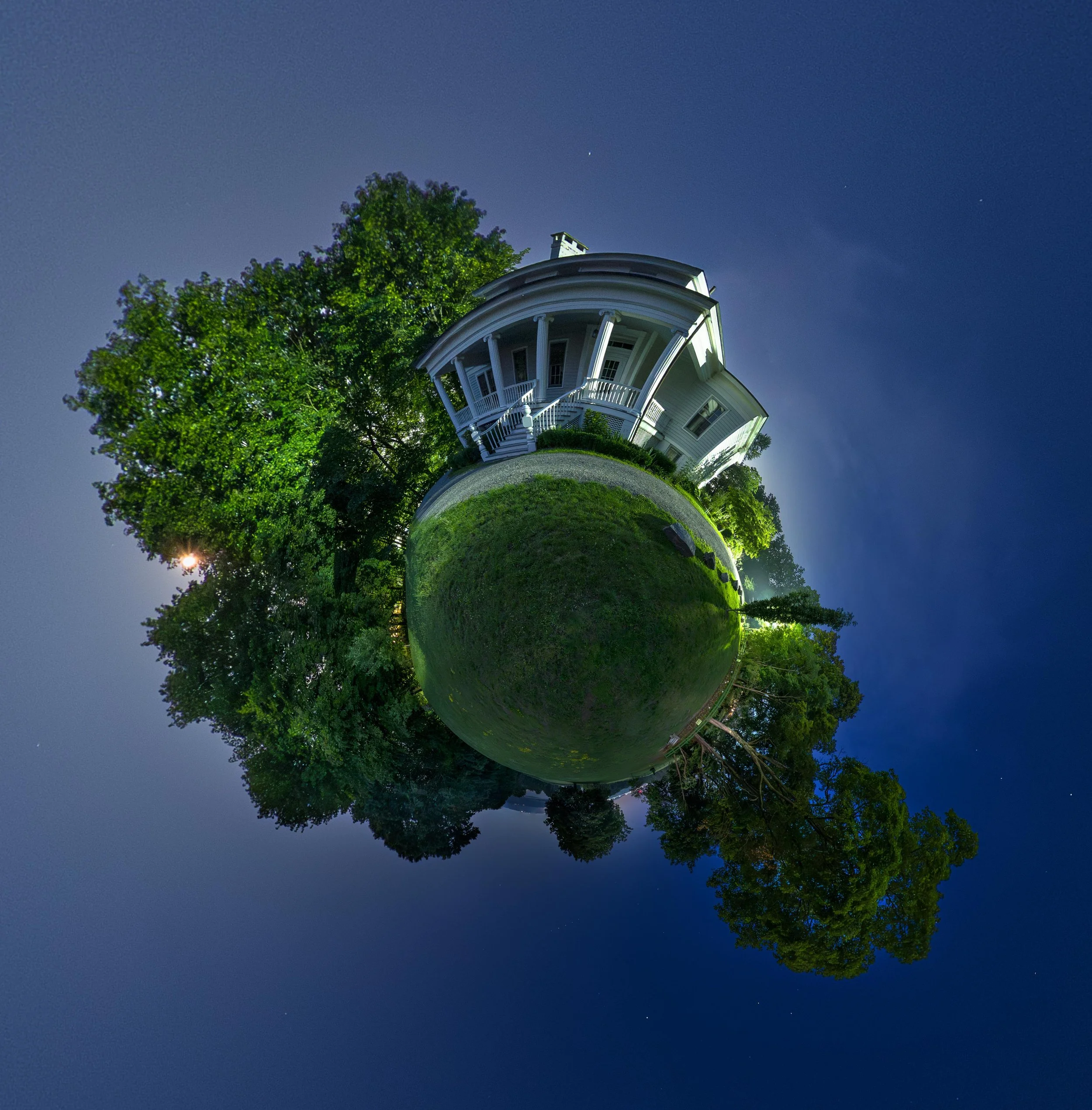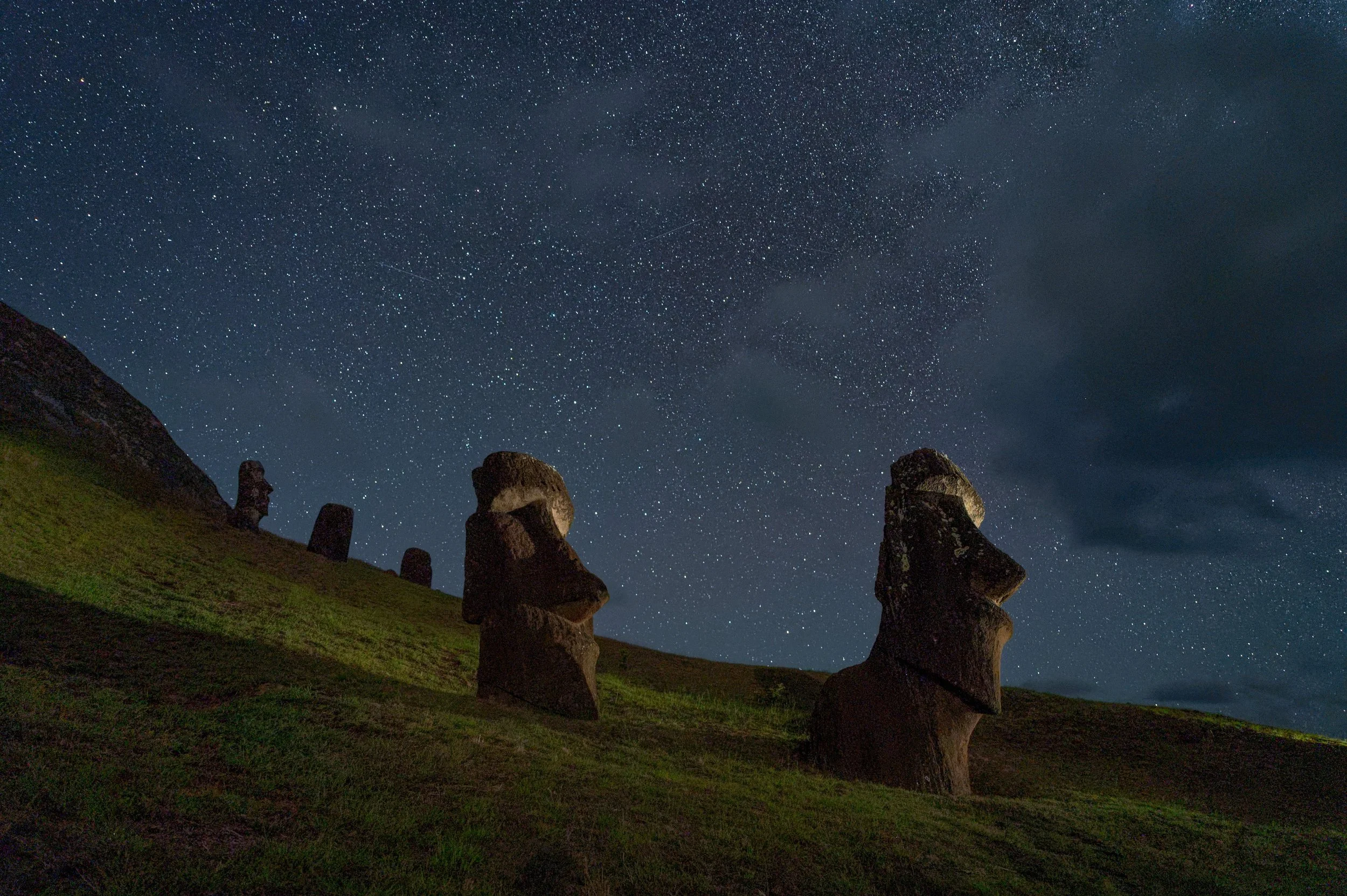If you have questions, we like to try to have answers. Below are five examples.
This installment of our “Five Questions” series features inquiries about photographing meteor showers in Death Valley National Park, diffusing an LED panel, saving stacked files, Coast flashlights and using leveling bases for panos.
If you have any questions you would like to throw our way, please contact us anytime. Questions could be about gear, national parks and other photo locations, post-processing techniques, field etiquette, or anything else related to night photography. #SeizeTheNight!
1. Meteor Shower Locations in Death Valley
Moon over Mesquite Flat Dunes, Death Valley National Park. © 2016 Chris Nicholson. Nikon D5 with a Nikon 17-35mm f/2.8 lens. 10 seconds, f/5.6, ISO 3200.
Question:
My wife and I and our two dogs are going to Death Valley National Park to shoot the Geminid Meteor Shower in December. Finding a foreground subject is going to be a challenge because the radiant is relatively high (72 degrees according to PhotoPills). Here is a list of potential foregrounds I have come up with: Mesquite Flat Dunes, twenty-mule team wagons, Ashford Mill, Keane Wonder Mine, Twenty Mule Team Canyon, Badwater Basin, the palm grove at Furnace Creek Ranch. Any thoughts would be much appreciated. — H.J.
Answer:
Yay! What a great idea. We love photographing meteor showers, and we love Death Valley.
As for locations: If you want the radiant in the frame, you’re looking for a view toward east-northeast. With that in mind …
Mesquite Flat Dunes always works. Be ready to walk in a bit to find dunes without footprints. Also be ready (food, water, second camera) to stay out there, because you’re likely not going to be walking back and forth to the car.
Twenty-mule team wagons: I assume you mean the ones at the Borax Museum. I wouldn’t shoot there. The wagons are surrounded by a fence. Also, the east-northeast view will have the road in the background of your frame, and being so close to Furnace Creek, cars will definitely be driving through.
Ashford Mill could be interesting. You could get an east-northeast angle from behind the structure; the road would be in the background, but I’d be surprised if another car goes back there at night. The downside is that there’s not a lot of variation to the location. It’s primarily just two structures, and one of them is more visually interesting than the other. I’d definitely scout it in daytime before committing to a night shoot there, because it’s just isolated enough so that changing locations midstream would be impractical.
Keane Wonder Mine is a fun location generally, but you’d have a tough time finding a good east-northeast angle.
I love shooting in Twenty Mule Team Canyon. Interesting rock formations that aren’t difficult to navigate on foot, and plenty of foreground material from east-northeast angles.
Badwater Basin is great any time of day or night, but it wouldn’t be the easiest spot for this particular shoot. From any east-northeast angle you’ll have either the parking lot and/or road in the background, so you’ll be dealing with headlights. My other concern is that when the shower is peaking, the radiant will be so high that you’ll need to be pointing upward with a wide-angle lens. That would minimize any flat foreground at the bottom of the frame. I’m sure there are creative ways to make it work, but my hunch is that making it work well would be challenging, so I’d definitely day-scout any ideas before trying.
The palm grove at Furnace Creek is an interesting place to shoot, but there’s a lot of artificial light in the area. You’d need to fight with that to find a balance that would work with star captures.
Golden Canyon, Death Valley National Park. © 2020 Chris Nicholson. Nikon D5 with a Nikon 24-70mm f/2.8 lens. 43 stacked images shot at 4 minutes, f/4, ISO 400.
Here are a few spots I like besides what you’ve mentioned:
I’d consider the Wildrose Charcoal Kilns. The caveat is that it will be cold up there in December, and there’s even a chance the road will be snowed in, so I’d ask a ranger before committing to the drive. But you’d surely find an east-northeast view you like, with a very interesting foreground.
The east-northeast view at Ubehebe Crater is spectacular. It would be cold up there at night, but the east-northeast view is also right next to the parking lot, so you could wait out the exposures in your warm car if needed. However, the crater is very dark without moonlight, which you won’t have on the peak nights, so you’d probably want to get a twilight exposure to blend in. That would require some precise positioning and waiting around for quite a while without moving the camera. Also, the rim of the crater sometimes gets too windy for even a tripod, so there’s a possibility you’d have to abandon the location mid-shoot.
Golden Canyon could be fun. Steep walls, but you’ll be pointing up anyway. Also, it’s close to the services at Furnace Creek.
Good luck, and please let us know how this goes! We would love to see the results. — Chris
Note: If you’re also interested in getting out to shoot next month’s Gemenids, be sure to pick up a copy of our e-book Great Balls of Fire: A Guide to Photographing Meteor Showers.
2. Viola Diffusion
Question:
I have been playing with the Luxli Viola for few months. Do you ever use the diffuser for it? Any tips on using it? — Steve W.
Answer:
I do use the diffuser on occasion, and sometimes even add a piece of neutral density gel inside if I’m looking for the subtlest kiss of light. Mostly, I pull out the diffuser when I’m aiming for a subtle natural effect, or for night portraits.
Another great tool to diffuse the Viola is a 2- or 3-foot square scrim that mimics the effect of a softbox. That’s not always practical on location, and it requires some additional grip equipment, but it is a nice option to have. An old picture frame with a piece of white sheet stretched across it is all it takes! — Lance
3. Saving or Deleting Files for Stacking
Question:
How do you manage the number and size of photo files when stacking? For example, Starry Landscape Stacker uses TIFF images to combine into one huge file. Can I delete those individual files and keep just the final image? When I create a stack in Photoshop, can I delete the images the final photo is composed of? — Sue W.
Answer:
For Starry Landscape Stacker or any other program that creates JPEGs or TIFFs to bring them into their program: Once you finish your processing and are 100 percent happy with it, you can definitely delete those individual JPGs/TIFFs. Save yourself some storage! However, if you do that, make sure you have the final file organized somewhere that makes sense to you. I typically will import this new TIFF into Lightroom, where I can do a final edit and store it in my catalog.
However, there is a caveat: What if you want to re-process the idea later? For example, I just recently revisited and reprocessed my “Road to the Milky Way” image that I originally worked on two years ago. I still had all those individual TIF files in a folder on my hard drive—that was a time-saver for me, because I didn’t have to re-export them all.
Road to the Milky Way. © 2019 Gabriel Biderman. Nikon D5 with an Irix 15mm f/2.4 lens. Foreground: 13 minutes, f/2.5, ISO 1600; background: nine frames shot at 25 seconds, f/2.5, ISO 6400 and stacked in Starry Landscape Stacker.
So there can be benefits to keeping or deleting those raw materials. The key is that whatever you do, have them organized. Whenever I create JPGs or TIFFs for third-party software or any other use, I always store them in a subfolder that is clearly marked so that I can find them down the road.
If you do delete those images, be sure you are deleting only those exported files—not your original RAW files.
Stacking in Photoshop is a different matter. For this you’re not creating multiple exported files and importing them, you’re instead opening a new Photoshop file with all those images as layers. This creates one very large file. So the question isn’t really about saving lots of individual files, but rather whether to save one giant file with tons of layers or to flatten the layers and save a smaller file. That’s a personal choice, and can be affected by circumstances.
I try to get all my layer editing adjustments done in one take, then flatten the file and save it back to Lightroom. However, if I am not done editing, or if I want to keep a version to revisit at a later date, I’ll save the layered file as a PSB (Photoshop’s large-file format), which Lightroom can absorb as part of the catalog. — Gabe
4. Value of Coast Flashlights
Question:
In your gear list and blog posts you pretty much always mention the Coast HP7R, Coast HP5R or another Coast flashlight for light painting. I’m curious why. If I have another brand of flashlight that has the same lumens output, what’s the difference? — Lynn
Answer:
You can use just about any flashlight for light painting, but we like Coast for the quality of the light (i.e, the high CRI value), as well as the precision of the focusing. Most flashlights have a lot of “spill” around a bright center spot, but Coast lights have a patented focusing mechanism that concentrates the light more intensely, as well as evenly across the beam with less spill around the edges. This makes for much more control when light painting. — Lance
5. Is a Leveling Base Redundant?
Bryce Canyon pano. © 2019 Matt Hill. Nikon Z 6 with a Zeiss 15mm Distagon f/2.8 lens. 14 stitched frames shot at 16 seconds, f/2.8, ISO 6400.
Question:
I read your blog post on night panoramas and I have a question. I have a Really Right Stuff TVC34L tripod with a BH-55 ball head, both with levels. Do I also need a leveling head? — Brien
Answer:
Technically you do not need to have a leveling base if your tripod gets leveled first. After that, anything mounted to it will pan without tilting to the left or right.
However, sometimes it’s annoying to have to separately adjust three legs to level the tripod, especially on uneven ground. Seriously. That’s the moment you wish you had a leveling base. It’s pretty much always faster to level with one. I find them invaluable when I’m serious about shooting for pano stitching.
If you shoot panos only occasionally and you’re willing to tolerate the minute adjustments to legs and then checking the bubble level on top of the tripod over and over, then no sweat—it can be tedious, but it’s easy enough. But if panos are going to be a regular thing for you, a leveling base will improve the experience.
For the record, I use the Acratech Leveling Base. I love it. — Matt


